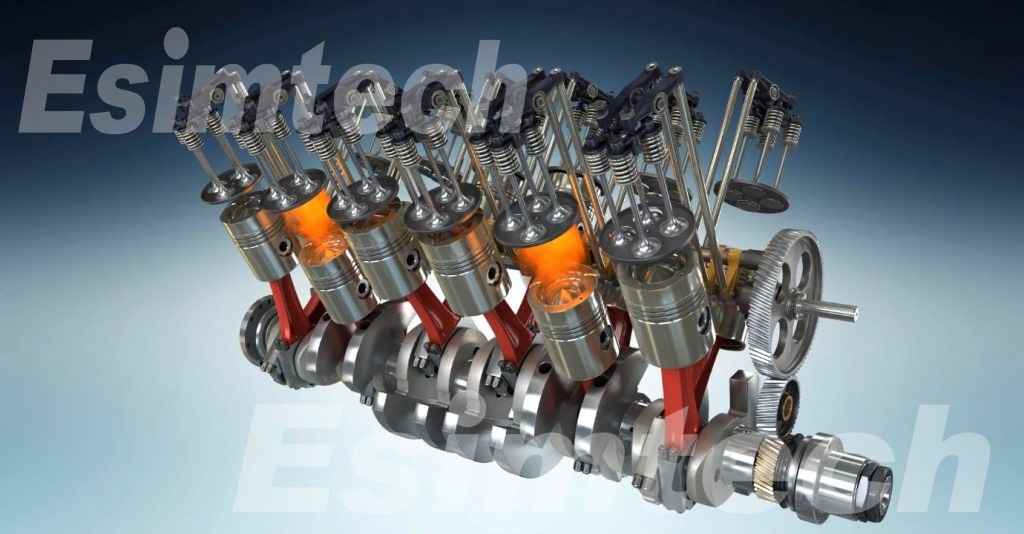Oil and Gas Animation: A Powerful Visualization Immersive Tool
Oil and gas animation has evolved as a powerful and immersive tool in the business. It brings complicated concepts to life and promotes seamless communication among multiple stakeholders by leveraging cutting-edge 3D modeling, rendering, and animation techniques. Oil and gas animation has shown to be a catalyst in streamlining operations, improving safety measures, and optimizing decision-making, from exploration and drilling to production and refining. In this article, we will delve into the field of oil and gas animation, looking at its uses, benefits, and potential for altering the oil and gas industry.

The Power of Oil and Gas Animation
Visualization has long been recognized as a useful method of communicating information. The power of visualization is magnified in the oil and gas industry, where intricate processes and complex data are ubiquitous. The benefits of advanced technology and visual storytelling are combined in oil and gas animation to provide a dynamic and engaging experience.
One of oil and gas animation’s primary qualities is its ability to clarify complicated concepts. By converting abstract ideas into real representations, stakeholders like as engineers, investors, and legislators can better comprehend the industry’s complexities. Whether displaying geological formations, demonstrating drilling procedures, or illustrating refining processes, animation provides clarity and a deeper grasp for the industry’s issues.

Applications of Oil and Gas Animation
Oil and gas animation is used at numerous stages of the industry’s value chain. Let’s look at some of the important areas where this unique technology is having a big influence.
Exploration and Reservoir Modeling
Geologists and geophysicists use oil and gas animation to visualize subsurface features, reservoir models, and fluid flow dynamics. Animation aids in making educated judgments about exploration targets, appropriate drilling locations, and resource estimation by visualizing seismic data and well logs in three dimensions.
Drilling and Production
Drilling techniques such as directional drilling and well completions benefit greatly from oil and gas animation. It depicts the positioning of drilling equipment, downhole tools, and the extraction of oil or gas from the reservoir, which improves safety awareness, operating efficiency, and field crew training.
Refining and Processing
Oil and gas animation simplifies the complexities of refining and processing procedures. From depicting distillation processes to demonstrating catalytic cracking and blending activities, animation enables plant operators to monitor plant performance, identify bottlenecks, and improve equipment use. It also facilitates in the communication of environmental and safety regulations to individuals working in potentially hazardous situations.
Offshore Operations
Offshore oil and gas operations necessitate complex infrastructure, such as platforms, pipelines, and subsea equipment. In offshore situations, animation is a vital tool for visualizing installation processes, maintenance activities, and emergency response protocols. It improves situational awareness, facilitates risk assessment, and enables effective real-time decision-making.

Benefits of Oil and Gas Animation
The use of oil and gas animation has various advantages for the industry. Let’s look at some of the benefits that make it such a wonderful tool.
Enhancing Communication and Stakeholder Engagement
Oil and gas animation connects technical professionals with non-technical stakeholders. It converts complex data into visual narratives that are simple to grasp, engaging, and accessible to a wide range of consumers. This improves communication, collaboration, and decision-making at all levels, from project planning to community engagement.
Training and Safety
Animation serves as a valuable training tool for personnel in the oil and gas industry. It allows them to understand equipment operation, emergency procedures, and safety protocols in a simulated environment. By immersing users in realistic scenarios, animation enhances safety awareness and reduces risks during real-world operations. It also enables the development of comprehensive training programs that address specific challenges and requirements.
Cost and Time Efficiency
Oil and gas animation connects technical professionals with non-technical stakeholders. It converts complex data into visual narratives that are simple to grasp, engaging, and accessible to a wide range of consumers. This leads to optimized designs, reduced downtime, and improved project outcome.
Data Integration and Real-time Visualization
Real-time data can now be integrated into oil and gas animation thanks to technological advancements. Operators may display and evaluate operational data in real-time by linking animation platforms to data sources such as sensors, SCADA systems, and IoT devices. This allows for proactive decision-making, predictive maintenance, and continual process optimization.

Future Outlook of Oil and Gas Animation
The future of oil and gas animation holds enormous promise. We can expect further breakthroughs and innovations in this subject as technology advances. Users will be able to engage with oil and gas facilities virtually thanks to virtual reality (VR) and augmented reality (AR) technologies. Real-time data integration will improve, giving stakeholders with up-to-date information for important decision-making.

Conclusion
Finally, oil and gas animation simplifies complicated concepts, strengthening safety protocols, and increasing operational efficiency. Its ability to efficiently communicate across multiple stakeholders and streamline decision-making processes makes it an essential tool in today’s oil and gas market. As the industry accepts the benefits of animation, we may anticipate a future in which visualization plays a key role in changing the oil and gas industry.

